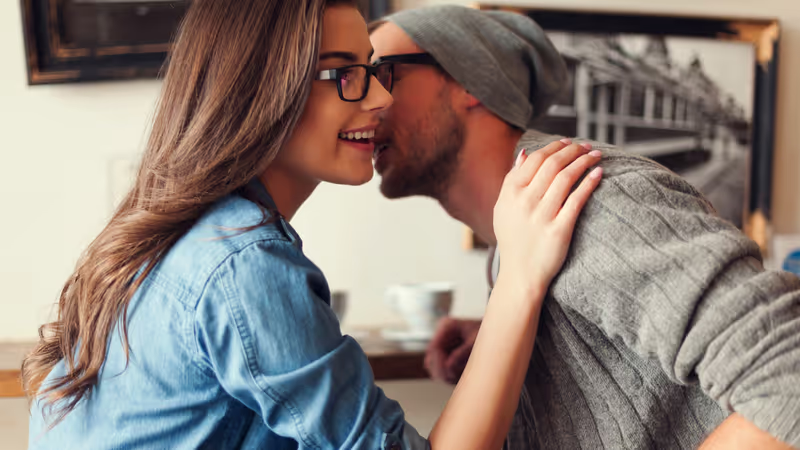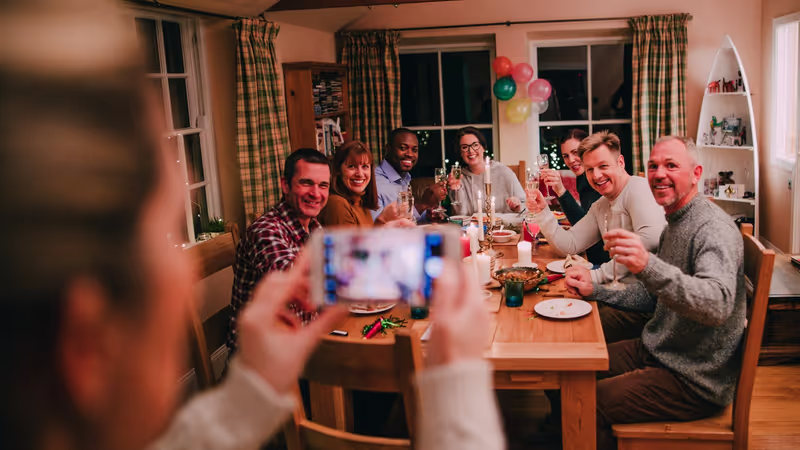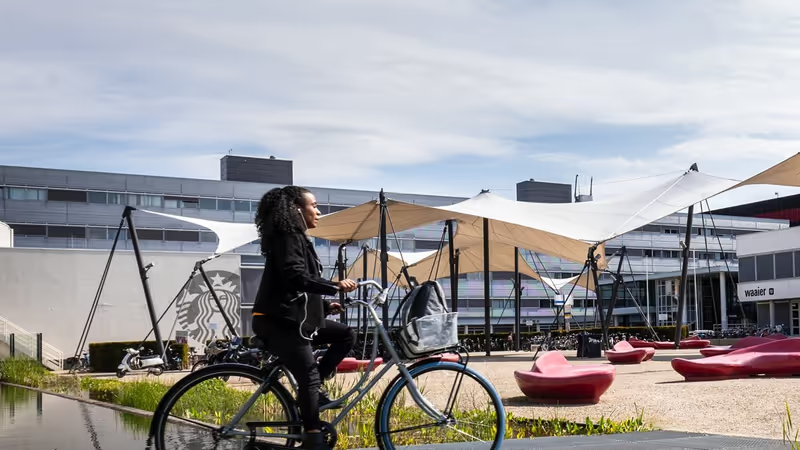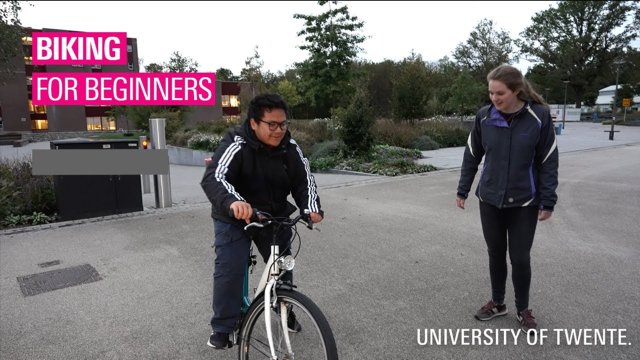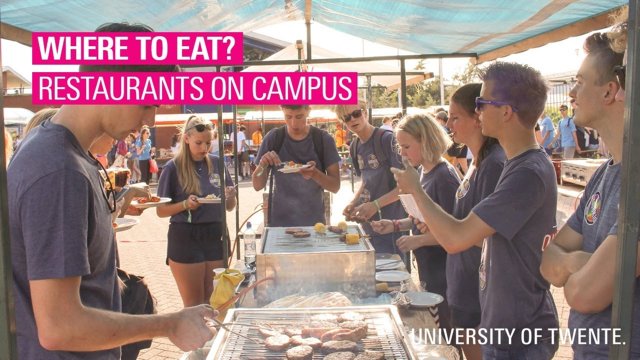As a newly arrived university student, not only will you experience our global ambitions, but also our Dutch traditions.
Get a head start in Dutch culture by learning about various typical characteristics, cultural rituals, and common social habits that are unique to the Netherlands.
Traffic rules
It could be that traffic in the Netherlands differs from what you are used to. To feel safe on the road, our student wrote an article to prepare you for cycling in the Netherlands. Also, the Sports Centre is organising biking classes for beginners.
Festival time!
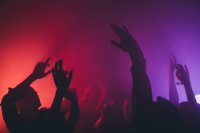 Nowadays, the Dutch don't ask you if you are planning to go to a festival, but to which one! A festival is a great way to do something fun with a group of friends. As opposed to a concert, where you come for the music, at a festival you can simply hang out and join different music stages, food styles and cultural happenings. A festival can also last more than one day. The Dutch festival season runs from May to September and there are over 100 festivals per month, such as Pinkpop, Zwarte Cross and Lowlands.
Nowadays, the Dutch don't ask you if you are planning to go to a festival, but to which one! A festival is a great way to do something fun with a group of friends. As opposed to a concert, where you come for the music, at a festival you can simply hang out and join different music stages, food styles and cultural happenings. A festival can also last more than one day. The Dutch festival season runs from May to September and there are over 100 festivals per month, such as Pinkpop, Zwarte Cross and Lowlands.
Typical Dutch Festivities
Especially for children, the approach of 5 December is an exciting time as it marks the celebration of Sinterklaas (Saint Nicholas). Saint Nicholas has evolved over the centuries from a patron saint of the children to a folklore friend who gives you presents. The festivities traditionally begin each year in mid-November, when Sinterklaas (Sint in short) and his helpers, called Pieten, arrive in the Netherlands on a steamboat full of gifts and tasty treats (like Pepernoten, Speculaas or chocolate letters) from Spain, followed by a big parade.
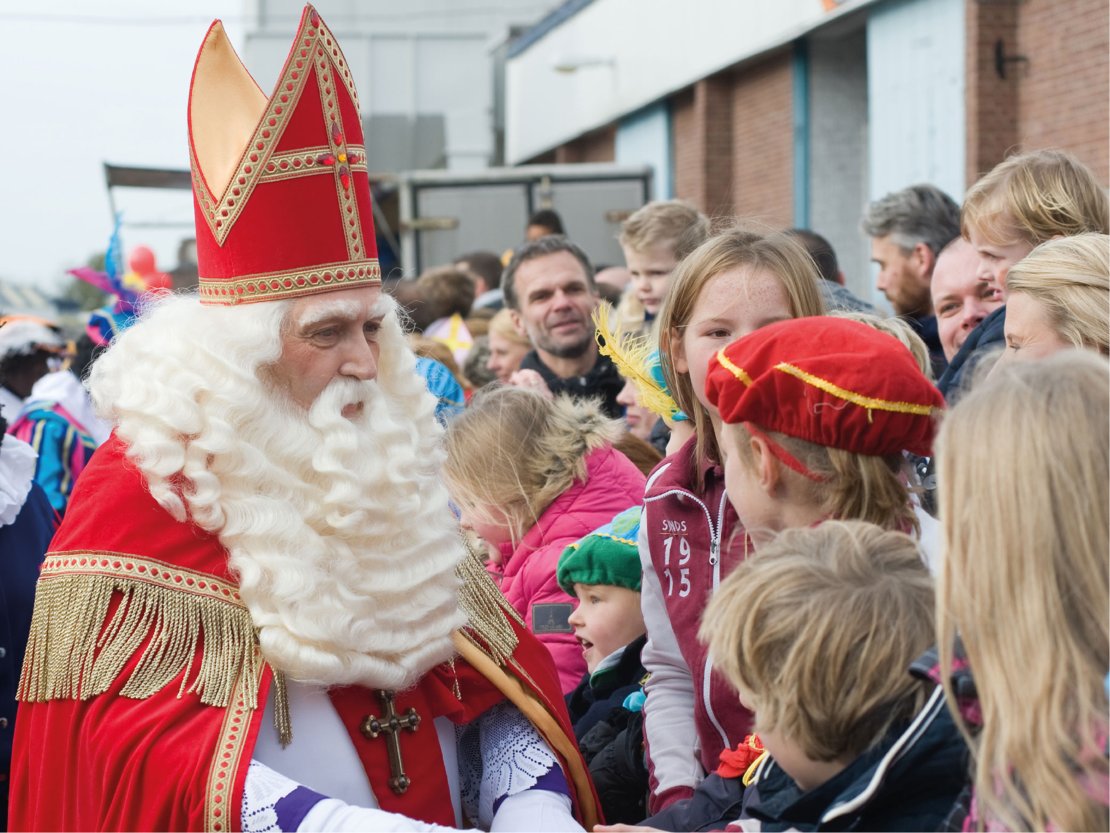
Leading up to the actual celebration of Sinterklaas' birthday on December 5th, children put their shoes in front of the fireplace (or the radiator) hoping that, during the night, Sinterklaas will fill it with a small gift. Sometimes they leave something extra for the Sint in their shoe, like a carrot for the bishop’s horse, accompanied by a wish list and self-made poem or drawing.
Celebration of Sinterklaas
The 5th of December marks the day before Sinterklaas' official birthday, and this evening is called pakjesavond (which literally translates as gift night). It is the official celebration of Sinterklaas before he heads back home to Spain the next day. This evening is filled with gifts, often exchanged through the principal of Secret Santa (without of course spoiling it for little children who still believe they received their gifts from Sinterklaas). Some people put a lot of effort into their gifts with specially wrapped presents and/or poems with a personal touch.
Every (sub) culture worldwide celebrates December in its own way and the Dutch are no exception. They celebrate Christmas on 25 and 26 December. As Christmas is around the corner, you will see amazing decorations covering the roofs and windows of your neighborhoods. People put Christmas trees (kerstbomen) up in their living rooms and decorate them with lights and ornaments.
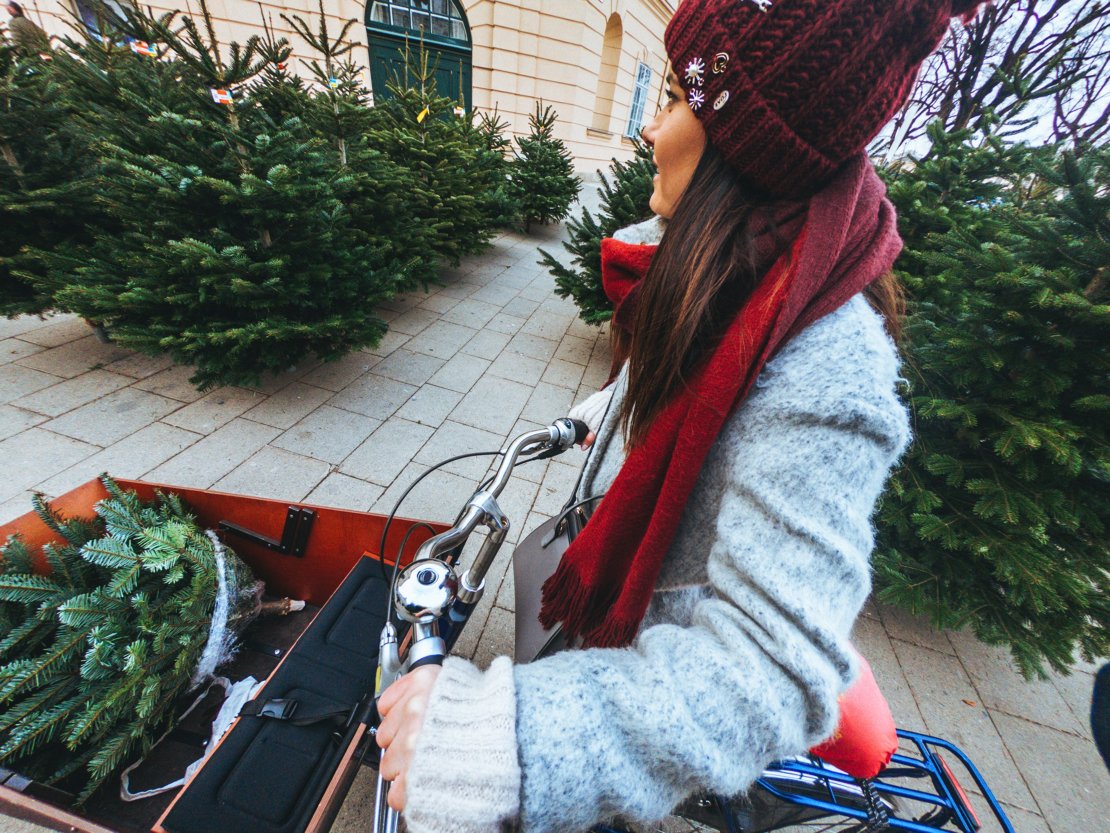
During Dutch Christmas people spend two days with their family, playing games, watching movies and eating traditional Christmas food. The Dutch also have their own Santa Claus called Kerstman. Here, he is kind of a poor relative to Sinterklaas. Despite the fact that around 50% of Dutch people exchange presents on Christmas, the Kerstman is still less popular than Sinterklaas.
31 December is called ‘Oudejaarsdag’ (Old Years Day) and is usually celebrated with family and/or friends. On this day, traditional New Years' pastries like ‘Oliebollen’ (deep-fried dough balls) are eaten, with or without raisins. The Dutch bake them themselves or buy them at a stand called 'Oliebollenkraam'.
Fireworks
In the days before New Year's Eve, you might hear a lot of loud blows. Don’t be afraid, it’s most likely kids setting off fireworks. You can buy any sort of fireworks from special shops that open in December. While it might be very exciting to see all the fireworks, please remember to be safe and use protection when you set off fireworks.
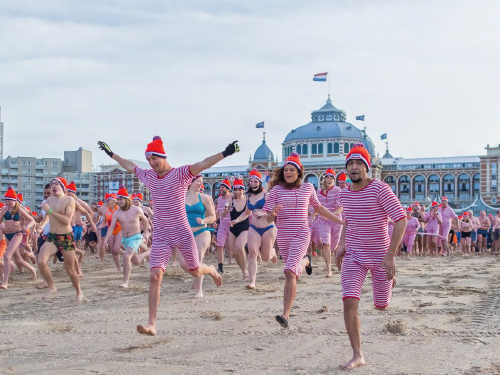
New Year’s dive
Start fresh, take a chilly dive on New Year's Day (Nieuwjaarsdag)! Thousands of people come to the beach of Scheveningen in The Hague to swim in the North Sea. This tradition started in 1965 and has become a national event.
In Brazil, they have the famous Rio Carnival. In Greece, Italy and parts of the southern Mediterranean, religious processions take place through cities, both large and small. In the Netherlands, especially in North Brabant, Limburg and Overijssel, you can enjoy Carnival - without the sparkling costumes or the religious undertone.
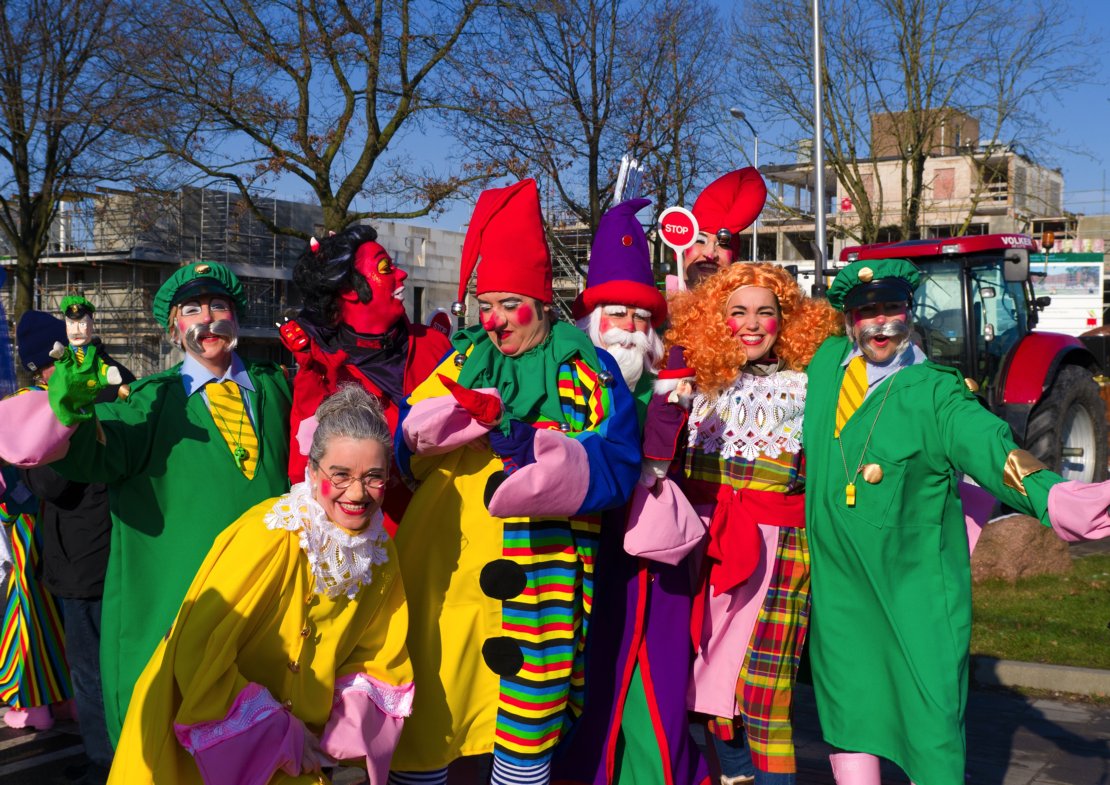
Cities change names; Enschede becomes Krekkelstad, Den Bosch becomes Oeteldonk and Bergen op Zoom Krabbegat. Each city or village chooses its own Prince or Princess Carnival. The Carnival celebrations start after the mayor symbolically hands over the key of the city to the Prince or Princess Carnival. For the following days, this person has control of the city. Though some people take the Carnival traditions very seriously, most people keep it simple and just drink, sing and dance in colourful outfits.
The Dutch are crazy about the colour orange. Nowhere else is this more obvious than on 27 April, during the celebration of the King's birthday (and soccer games). On this day, everyone dresses in orange and basically spends the whole day partying. Basically, the celebration starts on 26 April and ends in the early hours on 28 April. Throughout the country, the Dutch organise 'vrijmarkten' (flea markets) at which the Dutch sell their used items.
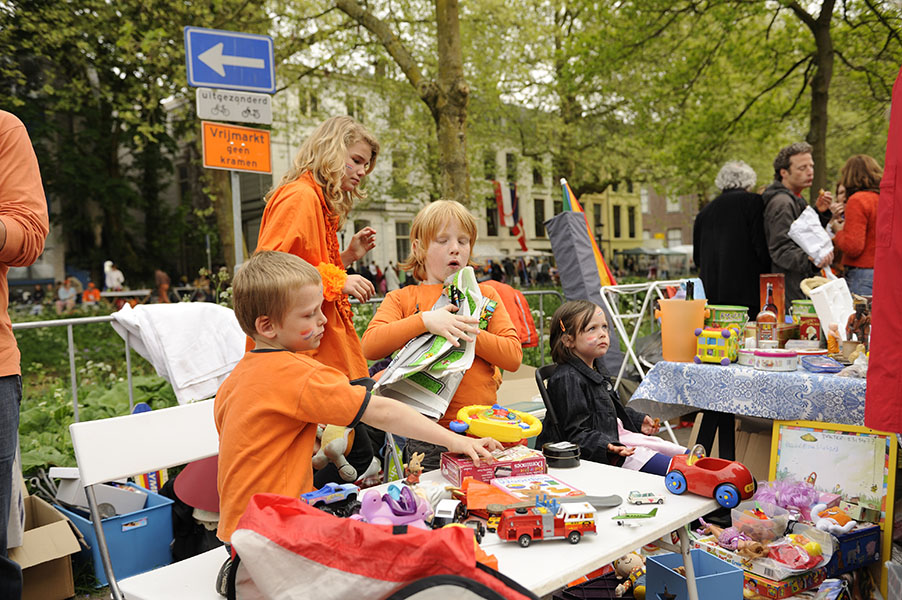
Oops, wrong date
Kingsdag was first called Queen's Day and took place on 30 April, the birthday of Queen Juliana. Since the coronation of Willem-Alexander in 2013, the national party takes place on 27 April. Worldwide, not everyone is aware of the change of date. In the big Dutch cities you often see tourists, fully dressed in orange, wondering where the party is and then realising that the date has moved from 30 to 27 April.
National Remembrance Day and Liberation Day 4 May - National Remembrance Day
Every year on 4 May at 8 p.m, there are two minutes of silence to remember victims of the Second World War and others who have died in wars and peacekeeping missions ever since. During these minutes, public transport stops and radio and television only broadcast the ceremony which is held at the National Monument on the Dam square in Amsterdam, with speeches and the laying of wreaths. On the day itself flags everywhere in the Netherlands are at half-mast as a sign of mourning from 6 p.m. until sundown. The next day, the flag is hoisted again everywhere to celebrate Liberation Day.
5 May - Liberation Day
On 5 May the Dutch celebrate their liberation by the Allies from the Nazi occupation of the Netherlands (1945). The Netherlands was occupied by Nazi Germany on 10th May 1940 (4 days after, the city of Rotterdam was bombed). The Netherlands was not liberated until 5 years after this, mostly by the Canadian forces. Right after the war, they decided that the 5th of May would be when Liberation Day takes place.
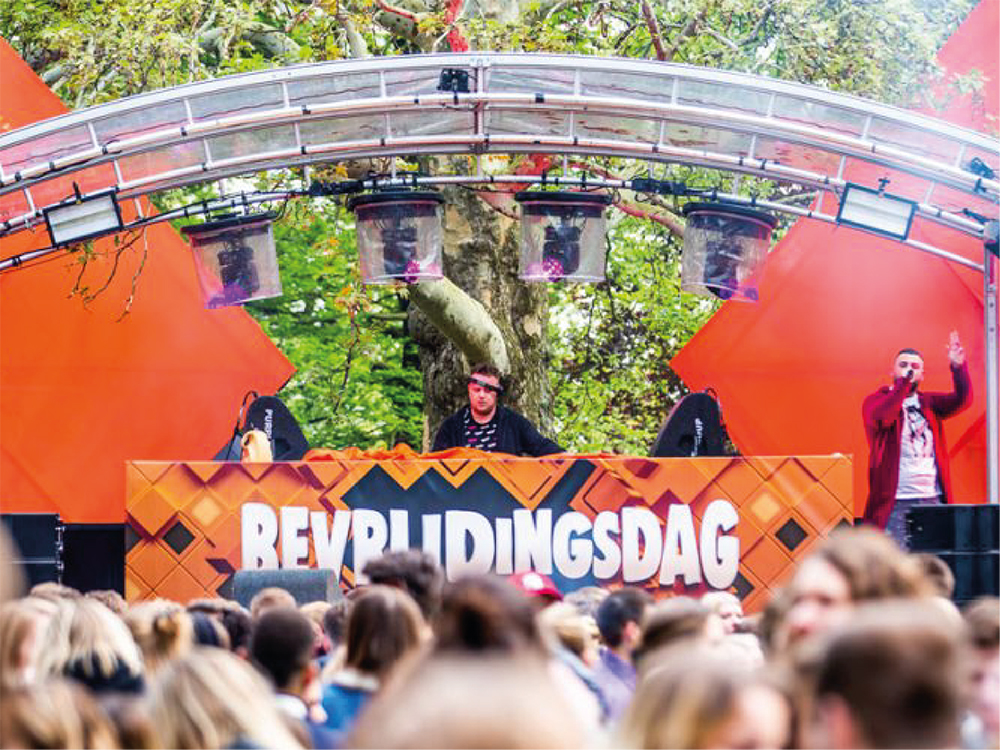
Liberation Day is celebrated on a grand scale with Liberation Day festivals in Amsterdam and in the twelve provincial capitals. Many people, especially the younger generation, don’t know what it’s like not to live in a free society. Therefore, Liberation Day is the day to realize how lucky you are to live in freedom and to reflect on the fact that there are many places in the world where this is not the case.
The Netherlands is a constitutional monarchy. Only on about 2 out of 365 days of the year, the Dutch actually care about the royal family. King’s Day is one of them. The other day is Prinsjesdag or Prince's Day which is held every year on the third Tuesday in September. It is an important day in Dutch politics because His Majesty the King reads the Speech from the Throne that outlines the government policy for the year ahead.
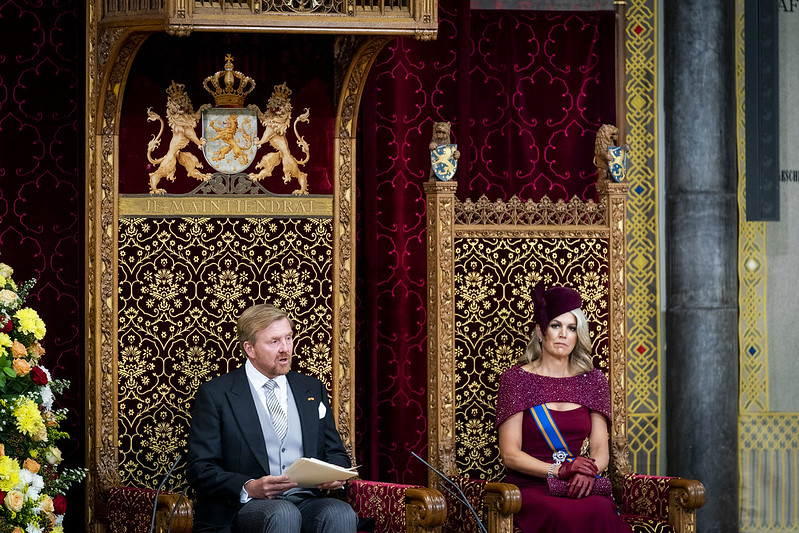
Prinsjesdag itself is for many not that exciting. Basically, signalling the start of the parliamentary year, King Willem-Alexander addresses the first and second chamber about the fiscal budget and other important matters for this year. This so-called King’s Speech takes about 45 minutes and causes even the most ambitious of our politicians to drift off. The whole ceremony that is coordinated around it, however, is what gets all fans of the throne on the edge of their seats.
Dutch food
Have you ever tasted salted herring (raw fish), a stroopwafel (waffles with syrup in between) or erwtensoep (pea soup)? Traditionally, Dutch cuisine is simple. Breakfast usually consists of coffee or tea and sliced bread with cheese or chocolate sprinkles on it. Sandwiches are also eaten during the lunch break, often alternated with salads or soup. In the evening the Dutch eat warm; traditional meals consist of potatoes, vegetables and meat or fish.
Nowadays, mainly thanks to the different nationalities in the Netherlands, the Dutch eat more exotic dishes. Italian and Asian food is very popular and the cuisine is also influenced by Indonesia. The Dutch even eat their fries with peanut sauce or in a combination of mayonnaise and peanut sauce, the so-called 'fries war'. Some Indonesian dishes are so integrated that many people see nasi, noodles and peanut sauce as typical Dutch food.
Top English-speaking country
Although Dutch is the national language, most people also speak English. In fact, the Dutch are the most proficient English speakers in the world, according to the EF English Proficiency Index. In the Netherlands, you will find the largest selection of English language programmes in continental Europe.
Learn Dutch
Although you can speak English with practically anyone in Holland, learning Dutch helps you to get to know the country and its culture. Understanding and speaking the local language makes everyday activities, such as grocery shopping, going to a bar or following the news a little easier and more fun. It will also help you to connect with Dutch students and make new Dutch friends! In addition, when looking for an internship, volunteer work or a (part-time) job, knowing Dutch will prove very useful. In some cases, it is even a requirement.
To learn Dutch, you have a few options.
Improve your language skills at the TCP Language Centre at the University of Twente.
Start learning basic Dutch before coming to the Netherlands and register for free for the new MOOC, 'Introduction to Dutch'.
The app Hoi Holland! shows you how much fun it can be to learn Dutch. Available for both iOS and Android devices.
 Nowadays, the Dutch don't ask you if you are planning to go to a festival, but to which one! A festival is a great way to do something fun with a group of friends. As opposed to a concert, where you come for the music, at a festival you can simply hang out and join different music stages, food styles and cultural happenings. A festival can also last more than one day. The Dutch festival season runs from May to September and there are over 100 festivals per month, such as Pinkpop, Zwarte Cross and Lowlands.
Nowadays, the Dutch don't ask you if you are planning to go to a festival, but to which one! A festival is a great way to do something fun with a group of friends. As opposed to a concert, where you come for the music, at a festival you can simply hang out and join different music stages, food styles and cultural happenings. A festival can also last more than one day. The Dutch festival season runs from May to September and there are over 100 festivals per month, such as Pinkpop, Zwarte Cross and Lowlands.
